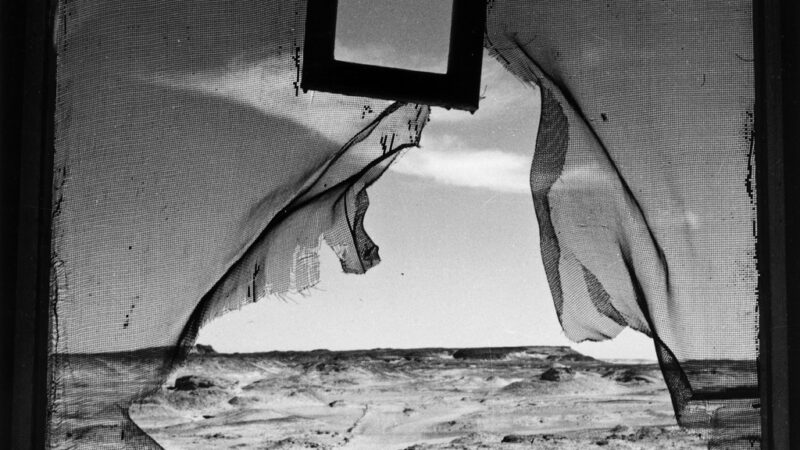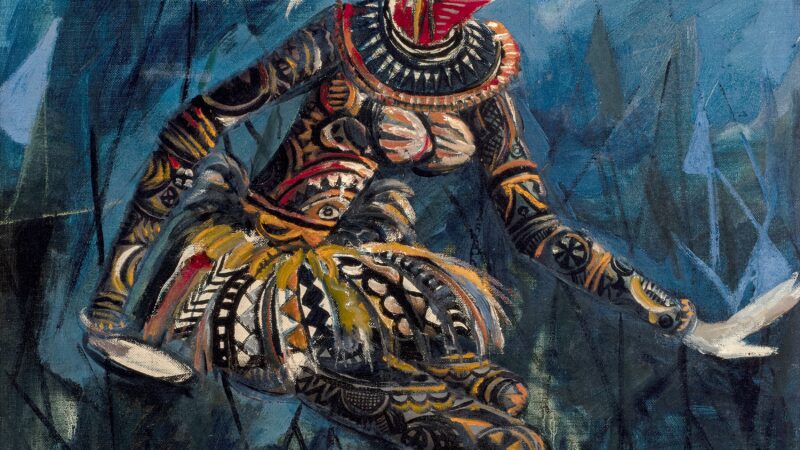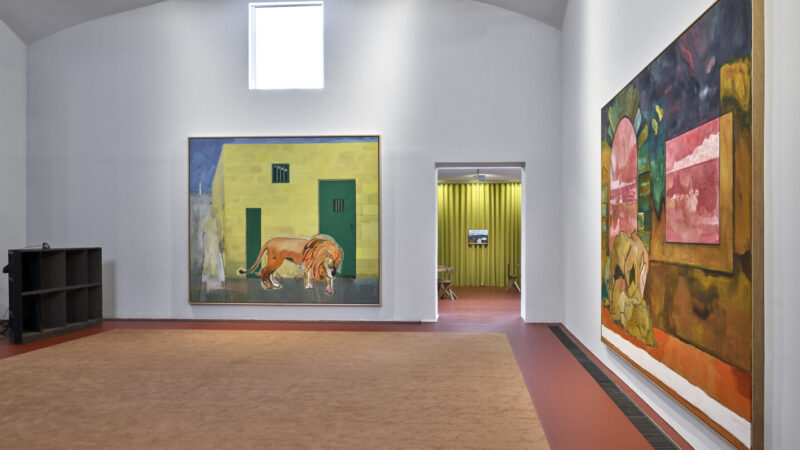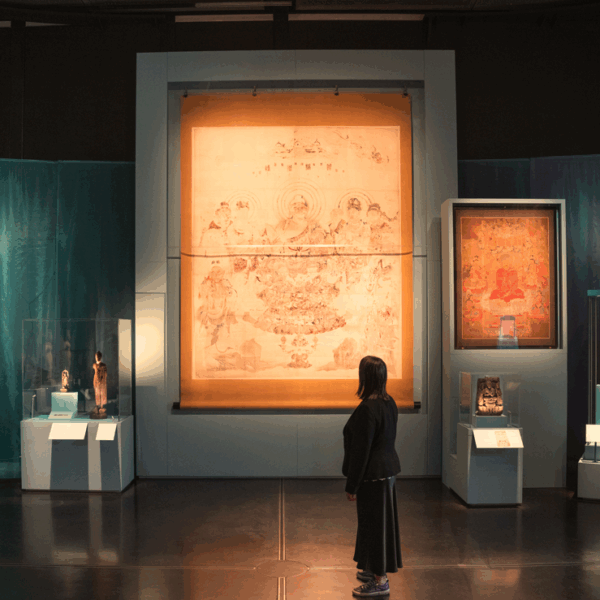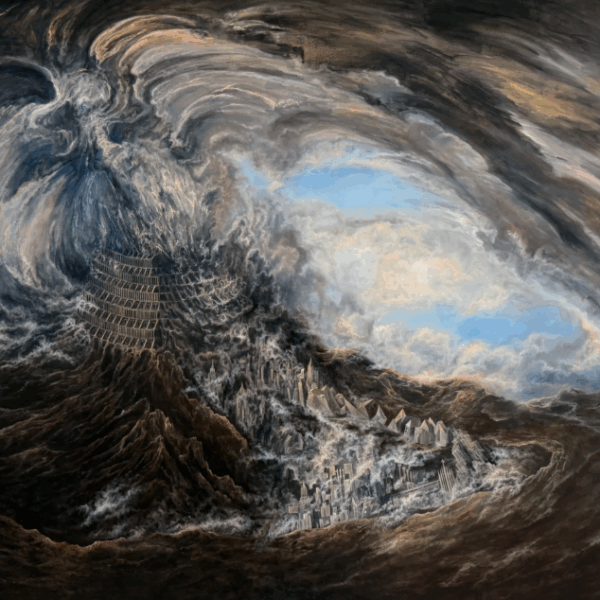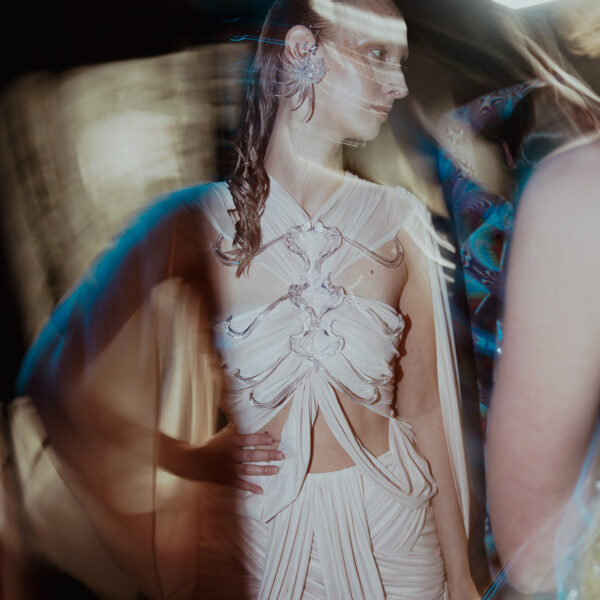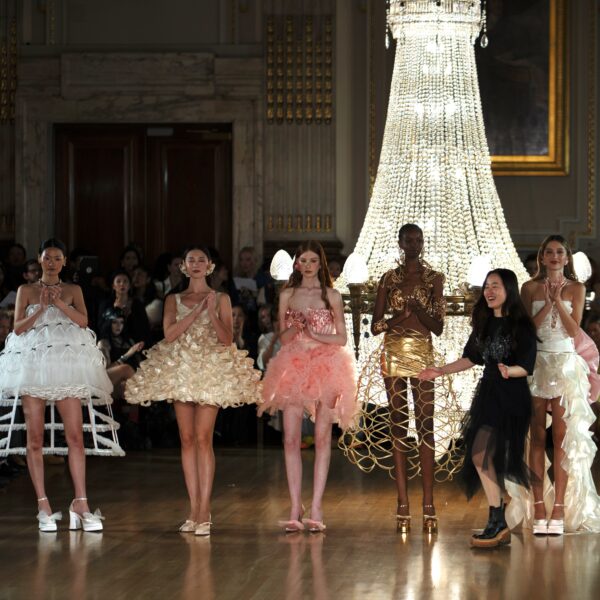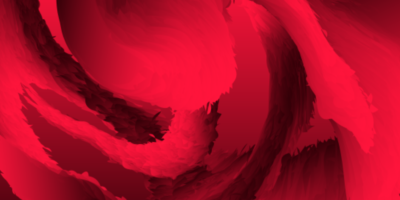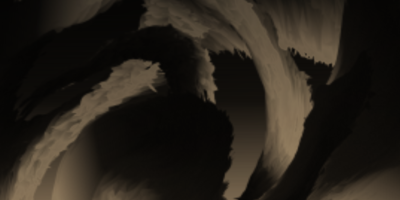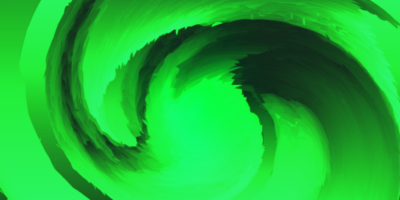For decades, Hélène de Beauvoir lived in the artistic shadow of her older sister, the philosopher and writer Simone de Beauvoir. However, a new exhibition in London is finally giving her the recognition she deserves. Titled The Woman Destroyed, the show at Amar Gallery presents a selection of her paintings and works on paper spanning from the 1950s to the 1980s, highlighting her distinct artistic voice and feminist themes.
Hélène was born in 1910 in Paris and knew from the age of 15 that she wanted to be an artist. Unlike Simone, who pursued philosophy and literature, Hélène dedicated herself to painting, producing over 3,000 works throughout her lifetime. She exhibited internationally, showing her work in major cities such as Paris, Milan, Tokyo, and Frankfurt. While her style evolved, her paintings often retained a decorative, almost dreamlike quality, drawing from cubist influences while engaging deeply with themes of gender and identity.
One of the most significant moments in her career came in 1967 when she collaborated with Simone on a special edition of The Woman Destroyed, contributing 16 etchings that visually echoed the feminist concerns of the book. This was a rare moment of artistic intersection between the two sisters, as their creative paths had largely remained separate. A first-edition copy of this collaboration is among the key pieces featured in the London exhibition.
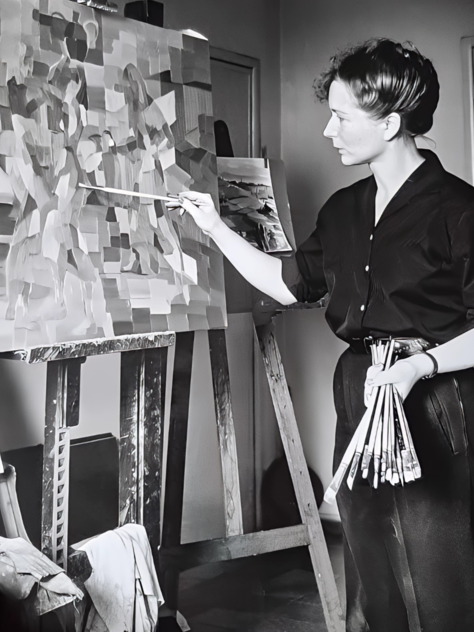
Hélène de Beauvoir, © APP, courtesy Amar Gallery
Despite her extensive body of work and international recognition, Hélène’s legacy has often been eclipsed by Simone’s towering intellectual presence. This exhibition seeks to correct that, offering an overdue reappraisal of her contributions—not just to the art world, but also to the broader feminist movement. Her paintings, filled with vibrant color and emotional depth, stand as a testament to her commitment to both artistic expression and activism.
Curated by Amar Singh, the exhibition brings together pieces that showcase the breadth of her talent, from semi-abstract landscapes to dynamic, expressive compositions. Singh, who spent three years organizing the show, hopes it will spark a broader conversation about Hélène’s role in 20th-century art.
The Woman Destroyed is on view at Amar Gallery in London until March 2, 2025, offering a rare chance to engage with the work of an artist who, though often overlooked, was undeniably ahead of her time.
Header: “Into abstraction … Les Faneurs II (The Haymakers II)”, 1957. Photograph: Hélène de Beauvoir, © APP, Ute Achhammer, courtesy Amar Gallery


